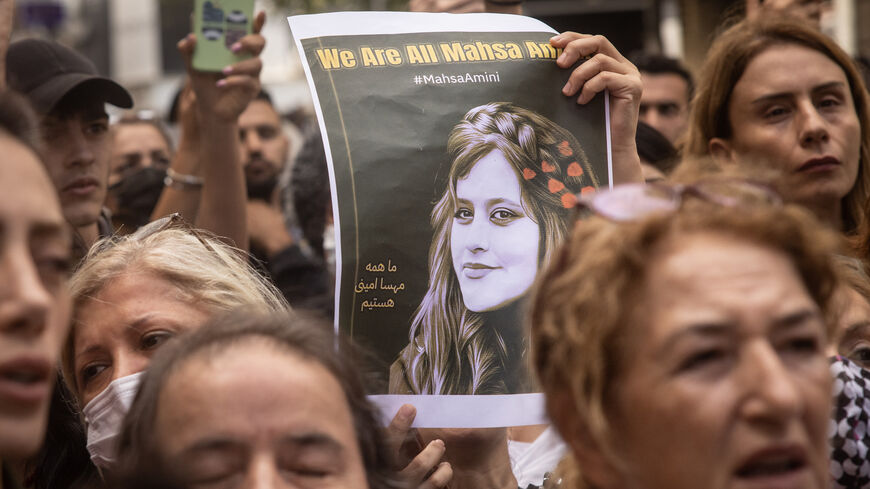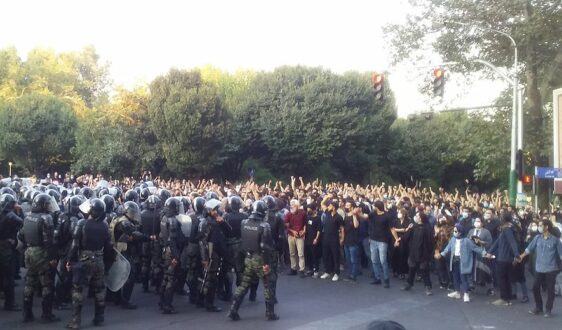Al-Monitor – Social media posts coming out of Iran show that protests against Iran’s mandatory hijab laws, in reaction to the death of a young woman who died in police custody, have spread to multiple cities across the country.

The protests, now on their sixth day, erupted when Mahsa Amini, a 22-year-old woman who was detained by Iran’s morality police, died while in custody. Iran’s notorious Guidance Patrol do sweeps where they either fine or arrest women for improper or loose-fitting hijab. These sweeps, conducted in white and green vans, routinely cause controversy, especially when someone resists. The videos often go viral and bring to light an unpopular law that is enforced with brute force.
After Amini’s death and widespread public outcry, Iranian government officials acknowledged the death and reached out to her family. President Ebrahim Raisi, ahead of his trip to New York for the UN General Assembly, spoke to Amini’s family and said that the authorities would investigate the cause of her death. A number of Iranian media outlets covered the Amini story as well.
However, as protests have spread, much of Iranian media coverage changed. They are now more focused on the violence, referring to protests as “riots.” A Fars News headline read “The MEK and organized groups have entered the protests.” The article acknowledged that some people were “influenced” by Amini’s death and are awaiting a medical investigation into the cause of her death. The article continued that in “some areas,” foreign media has provoked individuals and some of the civil protests have “turned into riots.”
The article stated that the setting on fire of a police car and a mosque and physical confrontations between police and protestors have shown that the protests have taken a turn. Claims that these protestors are being promoted or even infiltrated by outside groups will give Iranian authorities the green light for a harsher crackdown.
It’s not yet clear at what scale the protests are taking place. Social media is often not the most reliable indicator. While viral scenes of dozens of protestors confronting security forces can show the intensity of protests and feelings, they often lack more nuanced detail. According to most data, the majority of protests are taking place in Tehran, Mashhad and Tabris, and in many cities in the Kurdish region of Iran given that Amini was Iranian-Kurdish.
During his speech today, Supreme Leader Ayatollah Ali Khamenei did not discuss the protests. Speaking on the occasion of the Iran-Iraq War, Khamenei stressed the importance of not forgetting the sacrifices of the war. In previous protests, Khamenei only addressed the issue either after the protests died down or if there was serious political fracturing taking place within the government. With all dissent essentially sidelined from the government, these protests are more spontaneous and unorganized, which could ultimately prove more difficult to manage.
 Shabtabnews In this dark night, I have lost my way – Arise from a corner, oh you the star of guidance.
Shabtabnews In this dark night, I have lost my way – Arise from a corner, oh you the star of guidance.



